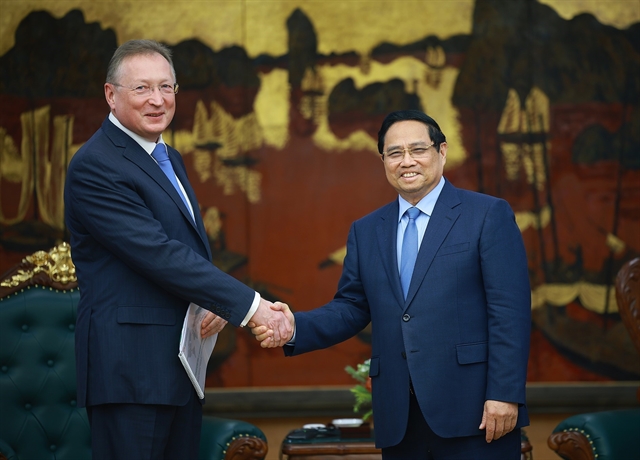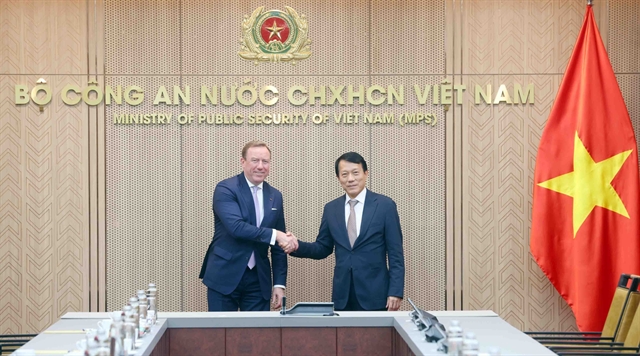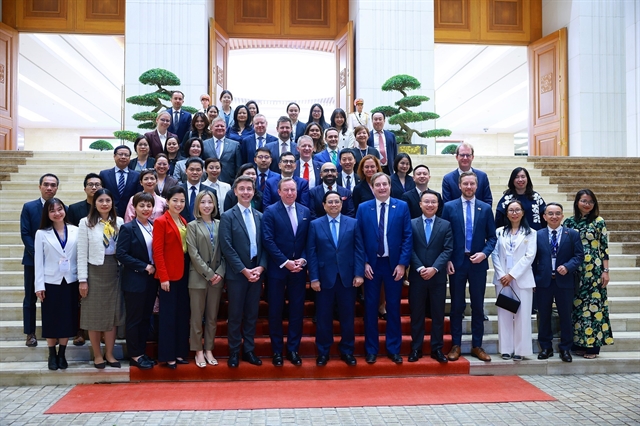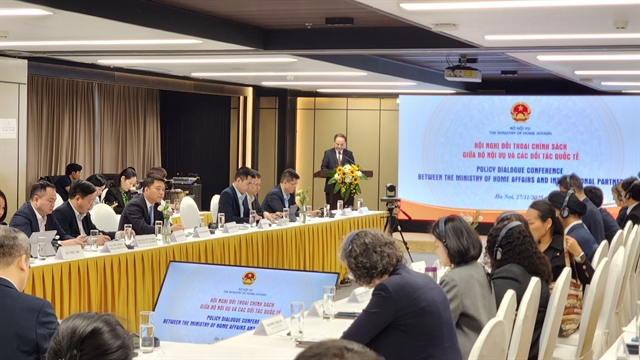 World
World
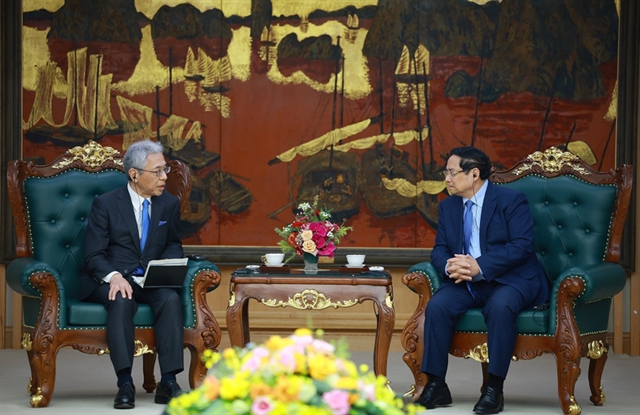
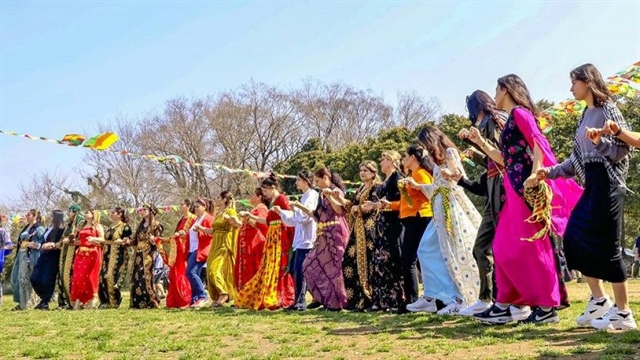
|
| Kurds and others dance during the spring festival Newroz in late March in Saitama. PHOTO: THE YOMIURI SHIMBUN |
SAITAMA/MITO – Some municipalities are grappling with the increasing challenges of residents coexisting amid rapidly growing foreign populations, facing issues such as problematic behavior and rising unpaid medical bills.
The situation places a significant burden on local municipalities, underscoring the need for comprehensive measures from the central government.
In Kawaguchi, Saitama Prefecture, which has a large community of Kurdish people, for example, the local government is facing an increased burden on schools accepting Kurdish children, in addition to dealing with complaints about noise and driving manners.
Kurdish community
The celebration of Newroz, the Kurdish spring festival, at the end of March saw about 1,000 people, including Kurds in colorful traditional dress and Japanese citizens, dancing happily in a park in Saitama to the tunes of the saz, a Kurdish stringed instrument.
However, a scuffle broke out near the venue between opponents and supporters of the festival, and police officers had to intervene.
About 2,000 Kurds live in the vicinity of Kawaguchi, which is near the event venue. The Kurdish people are known as the “largest ethnic group without a state” and inhabit the border areas of countries such as Turkey.
Kurds began settling in Kawaguchi in the 1990s following unrest in Turkey. Strong ethnic solidarity fostered a pattern of family and friends joining earlier arrivals, and the population further increased after the 2023 earthquake in Turkey.
In June of that year, the Kawaguchi city council adopted a written opinion calling for stricter measures against crime, asserting that “reckless driving and road rage by foreigners are repeatedly occurring and cannot be ignored.”
A city council member later said the statement was adopted “with Kurds in mind.”
Then, in the following month, a stabbing incident occurred due to a conflict between Kurdish individuals. The hospital where the injured person was transported became the scene of a disturbance because about 100 people, thought to be their acquaintances, gathered there.
The incident triggered a flood of negative comments on social media, including statements like, [They are] a nuisance” and “[They are] scary.”
The issue gained attention in the Diet when a local representative, speaking at the House of Representatives Budget Committee meeting in December last year, stated that “group acts, incidents and accidents that are a nuisance and involving Kurds are occurring frequently.”
Patrolling by Kurds
In an effort to improve the situation, the Japan Kurdish Cultural Association, made up of Kurdish people living in Japan, began conducting safety patrols around the summer of 2023 to draw their fellow Kurds’ attention not to cause trouble to local communities.
Admitting there were some shortcomings also on their part, Vakkas Cikan, the association’s leader, vowed to make efforts to fix the problems in order to build a good relationship with local people.
The Kawaguchi city government has set up consultation services for foreign residents. Also, local schools provide Japanese language lessons for children who have difficulty communicating in Japanese.
One issue complicating the situation is that many of the Kurdish residents are on provisional release — a status that permits a person to live outside an immigration detention center while their application for refugee status is being processed.
People on provisional release are prohibited from working and cannot obtain health insurance. About 30% of the ¥360 million in total uncollected medical bills at Kawaguchi Municipal Medical Center has been incurred by foreign nationals.
The city government has submitted requests to the central government several times since 2020, asking for expanded educational support for foreign children and allowing those on provisional release to work and enroll in the health insurance system.
“Even though they are on provisional release, we are responding to their needs for education and medical care based on humanitarian considerations,” said Kawaguchi Mayor Nobuo Okunoki. “However, the burden on a single local government is too heavy. We urge the central government to take proper action.”
Violation of rules and isolation
As the number of foreign residents in Japan increases, other local governments are also being forced to respond to problems in areas such as daily life and the education of children.
Of the about 60,000 residents in Joso, Ibaraki Prefecture, foreigners from nearly 50 countries account for approximately 10% of the population, many of whom work at factories in the city. There are claims that some foreigners do not adhere to garbage disposal rules and students who do not speak Japanese are isolated at schools, highlighting the need to secure personnel who speak Vietnamese and Indonesian.
Oizumi, Gunma Prefecture, where many Brazilians of Japanese descent have lived since 1990s, has recently seen the number of foreigners, including Nepalis, increasing. The schools have Japanese language assistants who speak Portuguese, but they are not able to handle the situation. The town said, “We need to increase the number of assistants who speak English.”
“Amid the declining birth rate and aging population, foreigners are important for each region,” said Prof. Eriko Suzuki of Kokushikan University, who specializes in migration policy.
“The central government should not leave the responsibility of supporting foreigners solely to local governments. It needs to support their policies for foreigners through the development of a public system for learning Japanese and having user-friendly administrative services.” THE JAPAN TIMES/ANN

